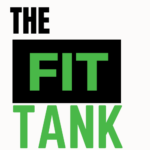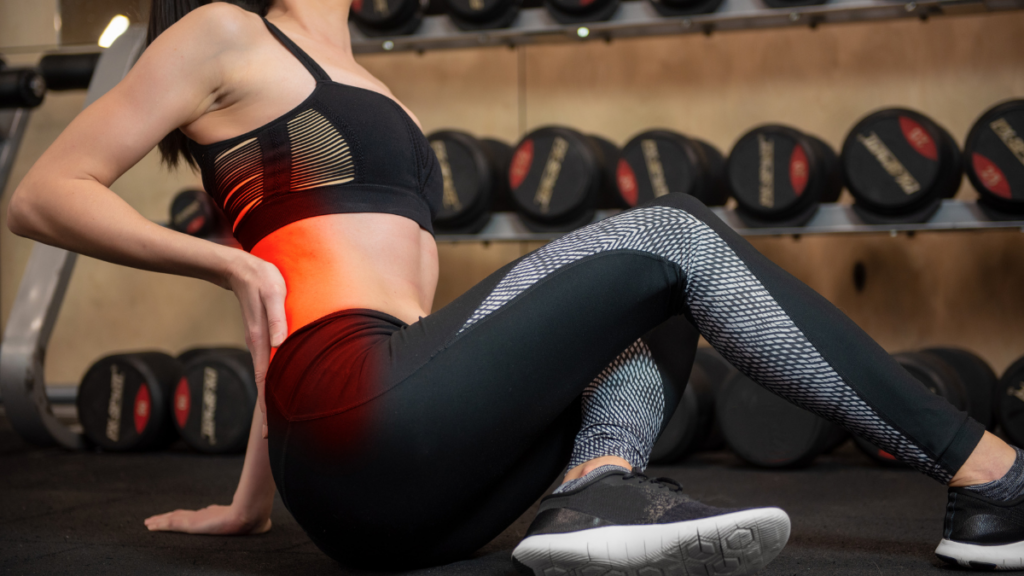All right, what’s up snack casters? Can I say that word casters? Today, I’m gonna hit you out of left field.
Here’s a scenario. I finally decided that I’m ready to get in shape.
Okay, good for you for having done some research. Maybe I joined the gym, maybe I went and bought new sneakers, I don’t know. But I got started. And I choose Monday, right? Because that’s the big day that everybody wants to get started. But he starts on a weekend. Nobody starts on Wednesday. So I get started.
I have a really good workout, whatever it is, I don’t care if it’s lifting, walking, running, whatever. Wake up the next morning, and I can barely get out of bed. I’m defeated, the first thing that goes through my head is: I’m not meant for this. I wasn’t meant to do this. This hurts.
So I guess there’s a couple different plays here, the emotional soreness, and the physical soreness, what do I do? How do I get past it?
The first thing I would ask is, where are you sore? Really try to identify it as bone related, is it joint related?Or Is it muscle related?
That’s a good point, because you don’t want to injure something.
I mean, muscle related is completely different than joint or bone or tendon. If it’s muscle, it’s easy, you can easily overcome it. Time, obviously, stretching before, stretching after. Studies are now showing that stretching after your workout is actually more powerful than stretching before your workout when you’re cold. In fact, you might actually be doing that damage by stretching before your workout. It’s more of a warm down than a warm up. So stretching is important. Massage, also get your significant other or somebody or your kid to get the massage gun.
We got my kid one for Christmas and it’s powerful. Ice and heat. These are both getting controversial in the world. Ice only when it’s acute. They used to have pitchers in the major leagues. What do you mean by acute explain, a very sharp pain, there’s a ton of inflammation there if something is going wrong, it’s not like I’m sore. It’s this hurt, injury, maybe?
The same thing. It reduces the swelling. As you know, the swelling reduces the pain, but you’re also doing something else there, you’re reducing the amount of blood flow to the area in the blood flow is what is healing the injury. So by reducing that swelling, you actually could be lengthening the process by which it gets better. Heat is the same type of way, your body knows how much blood flow you should have going to your body and then all of a sudden you’re going to slap a heating pad on it and there’s going to be more blood flow going to that area. And it’s going to cause more swelling and possibly more pain. So use those with caution ibuprofen, obviously something you can do really easy,
Help me clarify. So ice is good for what and what’s good for what
Ice is really good for your acute sharp pains. Heat is when you have mild aches and pains. So ease into workouts, we talked about warming up before your before your workouts, strengthen the muscles around the area. I remember I was helping out with one of my son’s baseball teams and one of the parents was a chiropractor and I was telling him about my knee pain and I was really getting going running again and he said, That’s because your quads are weak, and I was like embarrassed, humiliated all in one shot, What am I a weakling? He’s like, No, your, your quads are weak. Everything in your body is connected, like your hamstrings, your calf muscles, your Achilles, everything is connected and if one of those is out of whack, you’re gonna have some soreness.
Okay, so again, it’s Tuesday morning. I don’t want to get out of bed. What are a few things that I can do that I won’t further injure that will help me keep you know my streak.
So the first thing I would say is get out of bed. Let’s get some mild stretching in. Let’s get your heart rate up so you don’t have to go out and do a full you know 150 160 beats per minute exercise, but you probably should get up to 100 or 110. Get out, do some walking, get moving.
One of my good friends is a physical therapist and he says the same thing over and over. It’s use it or lose it right? Elderly people often fall into this trap, right? You see the person in the grocery store who’s in the cart, and they’re driving around and they can’t walk. Well, that’s causing them further pain. So you gotta get moving, move it regularly, and then reserve the workout for whatever feels better.
And certain foods can prevent inflammation again. Oh, another snack cast on that topic.
Yep, that’s it. That’s our five minutes. I think we ran a little long today but that’s all right. We’ll wrap it up real quick. Snackcast@yes.fit. Send us your topic. Send us your ideas. And this is stuff you want to learn a little bit about. Again, we’re not experts. We’re just trying to pull the curtain back a little bit. And, you know, give you food for thought. Just Keep moving.


